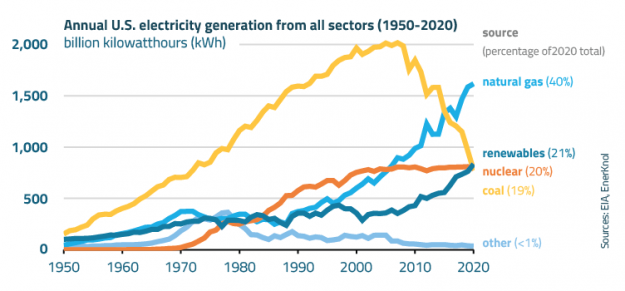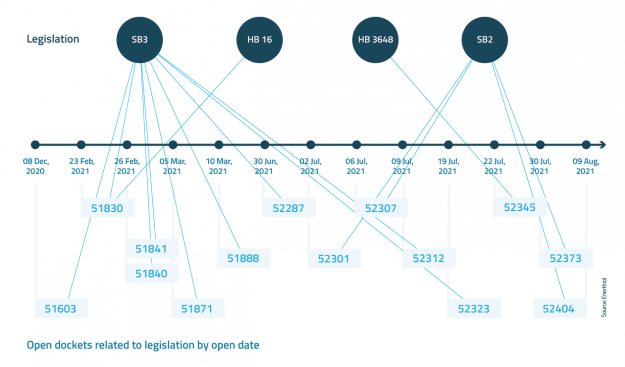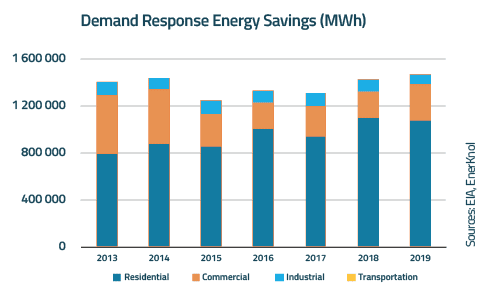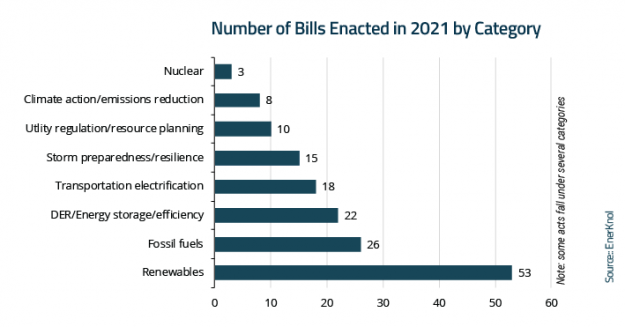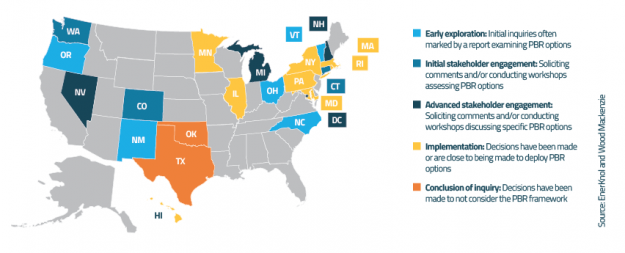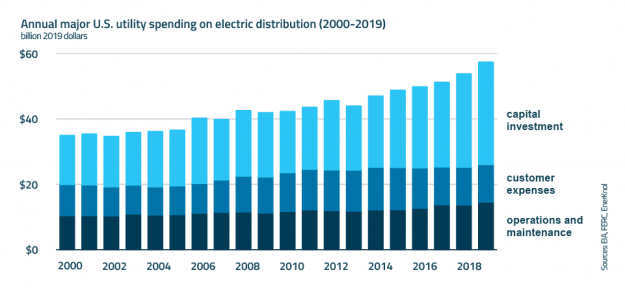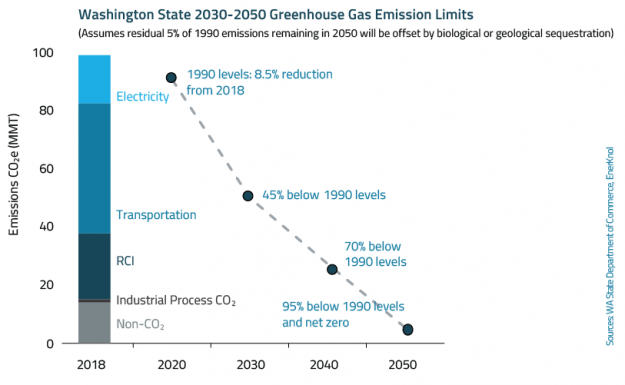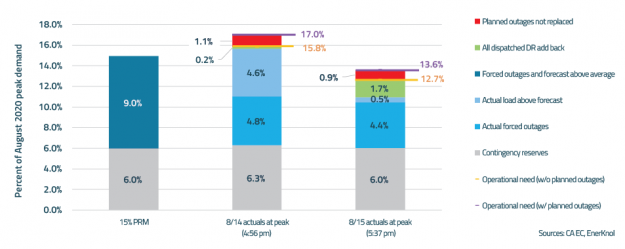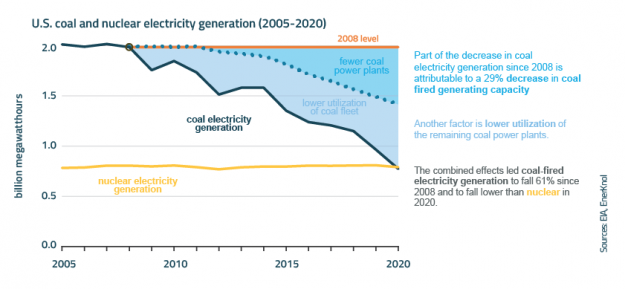Visual Primer: Reforms to PURPA Rules Influence Small Renewable Energy Development Across U.S.
Amid the growing interest in clean energy, state and federal policy changes to utility power procurement rules under the Public Utility Regulatory Policies Act of 1978 (PURPA) are shaping the portfolios of small renewable power producers. PURPA, which has been a key driver of renewable generation in the U.S., sets requirements for utilities to purchase power from small independent electricity and cogeneration facilities.
